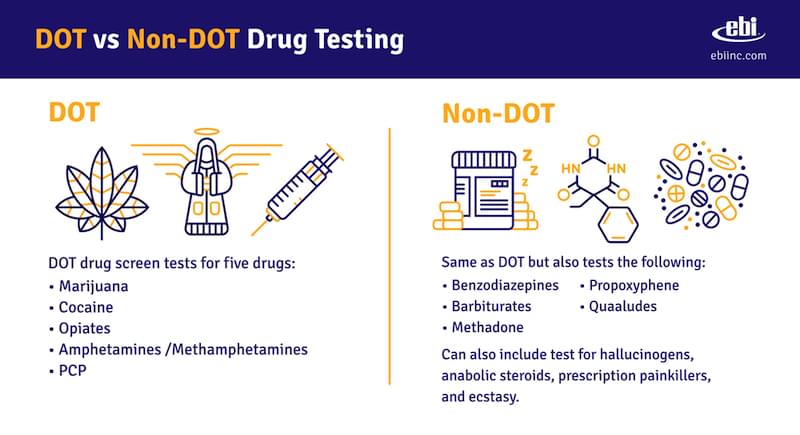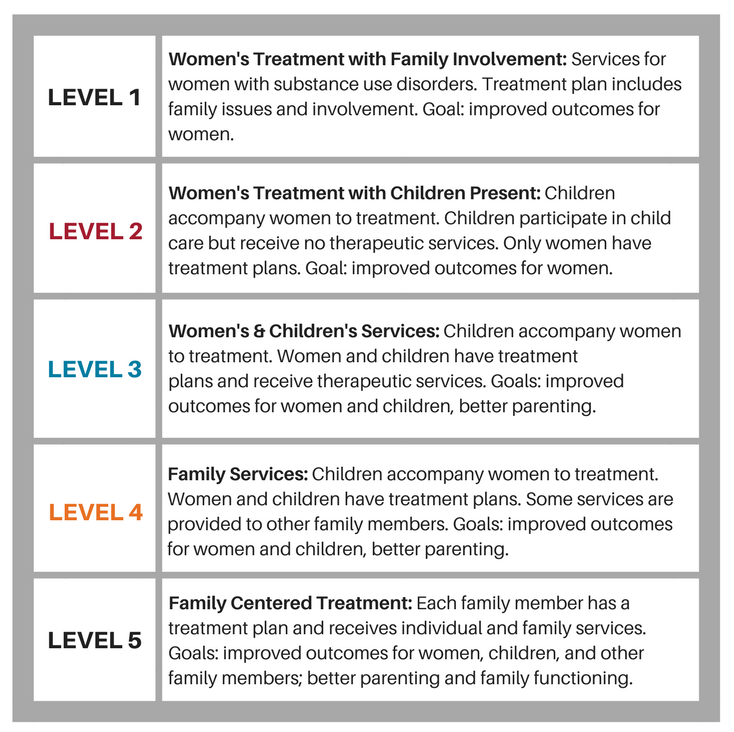Physical reliance can accompany the routine (daily or practically everyday) usage of any substance, legal or prohibited, even when taken as prescribed. It happens due to the fact that the body naturally adjusts to regular exposure to a compound (e. g., caffeine or a prescription drug). When that substance is taken away, (even if initially prescribed by a doctor) signs can emerge while the body re-adjusts to the loss of the substance.
Tolerance is the requirement to take higher doses of a drug to get the exact same impact. how to help my husband with drug addiction. It typically accompanies reliance, and it can be hard to differentiate the two. Dependency is a persistent disorder defined by drug seeking and utilize that is compulsive, in spite of unfavorable consequences. Almost all addictive drugs directly or indirectly target the brain's reward system by flooding the circuit with dopamine.
When triggered at typical levels, this system rewards our natural habits. Overstimulating the system with drugs, however, produces effects which strongly strengthen the behavior of substance abuse, teaching the person to repeat it. The initial decision to take drugs is generally voluntary. However, with continued usage, an individual's capability to put in self-discipline can become seriously impaired - is most likely to be successfully treated by.
Scientists believe that these changes modify the method the brain works and might assist discuss the compulsive and https://b3.zcubes.com/v.aspx?mid=7214596&title=top-guidelines-of-would-most-quickly-result-in-dependence-or-addiction-would-be damaging behaviors of a person who ends up being addicted. Yes. Addiction is a treatable, persistent condition that can be managed effectively. Research reveals that integrating behavioral treatment with medications, if offered, is the very best way to guarantee success for most clients.
What Does Drug Addiction Feel Like Fundamentals Explained
Treatment methods should be tailored to address each patient's substance abuse patterns and drug-related medical, psychiatric, environmental, and social issues. Relapse rates for patients with compound use conditions are compared to those experiencing high blood pressure and asthma. Regression is common and comparable throughout these health problems (as is adherence to medication).
Source: McLellan et al., JAMA, 284:16891695, 2000. No. The chronic nature of addiction indicates that relapsing to drug use is not just possible however likewise most likely. Relapse rates resemble those for other well-characterized chronic medical health problems such as high blood pressure and asthma, which likewise have both physiological and behavioral components.
Treatment of chronic diseases includes changing deeply imbedded behaviors. Lapses back to drug use suggest that treatment needs to be renewed or adjusted, or that alternate treatment is required. No single treatment is ideal for everyone, and treatment suppliers need to pick an optimal treatment strategy in consultation with the private patient and must think about the patient's unique history and scenario.
The rate of drug overdose deaths including synthetic opioids aside from methadone doubled from 3. 1 Helpful site per 100,000 in 2015 to 6. 2 in 2016, with about half of all overdose deaths being connected to the artificial opioid fentanyl, which is inexpensive to get and contributed to a variety of illegal drugs.
Getting The How Does Drug Addiction Start To Work
If opium were the only drug of abuse and if the only kind of abuse were one of habitual, compulsive use, discussion of addiction might be a simple matter. However opium is not the only drug of abuse, and there are most likely as lots of type of abuse as there are drugs to abuse or, indeed, as maybe there are persons who abuse.
Bias and ignorance have led to the labelling of all usage of nonsanctioned drugs as dependency and of all drugs, when misused, as narcotics. The ongoing practice of dealing with addiction as a single Substance Abuse Treatment entity is dictated by custom and law, not by the facts of addiction. The custom of corresponding substance abuse with narcotic dependency originally had some basis in truth.
Then numerous alkaloids of opium, such as morphine and heroin, were isolated and presented into use. Being the more active principles of opium, their dependencies were just more severe. Later, drugs such as methadone and Demerol were synthesized however their effects were still adequately similar to those of opium and its derivatives to be included in the older idea of addiction.
Then came numerous tranquilizers, stimulants, brand-new and old hallucinogens, and the numerous combinations of each. At this point, the unitary factor to consider of dependency became untenable. Legal attempts at control typically forced the addition of some nonaddicting drugs into old, established categoriessuch as the practice of calling marijuana a narcotic. Problems likewise developed in attempting to broaden dependency to consist of habituation and, lastly, substance abuse.
Where Can Someone Get Help For Drug Addiction Can Be Fun For Everyone
Raw opium. Erik Fenderson Common misconceptions concerning drug addiction have actually generally triggered confusion whenever major efforts were made to distinguish states of addiction or degrees of abuse. For many years, a popular misconception was the stereotype that a drug user is a socially unacceptable crook. The carryover of this conception from years past is easy to understand however not very easy to accept today.
Lots of compounds are capable of acting upon a biological system, and whether a specific compound becomes considered a drug of abuse depends in large procedure upon whether it is capable of generating a "druglike" effect that is valued by the user. Hence, a substance's attribute as a drug is imparted to it by usage.
The very same could be encompassed cover tea, chocolates, or powdered sugar, if society wanted to utilize and consider them that method. The task of defining addiction, then, is the job of having the ability to compare opium and powdered sugar while at the very same time being able to accept the reality that both can be based on abuse.
This kind of referral would still leave unanswered numerous questions of availability, public sanction, and other considerations that lead people to worth and abuse one kind of result rather than another at a particular moment in history, but it does at least acknowledge that drug dependency is not a unitary condition.

The Main Principles Of How To Treat Drug Addiction
Some understanding of these physiological impacts is necessary in order to appreciate the difficulties that are come across in attempting to include all drugs under a single definition that takes as its model opium. Tolerance is a physiological phenomenon that requires the specific to utilize increasingly more of the drug in duplicated efforts to accomplish the exact same effect.
Although opiates are the model, a wide range of drugs elicit the phenomenon of tolerance, and drugs differ greatly in their capability to establish tolerance. Opium derivatives quickly produce a high level of tolerance; alcohol and the barbiturates an extremely low level of tolerance. Tolerance is characteristic for morphine and heroin and, subsequently, is considered a primary attribute of narcotic dependency.

This phase is quickly followed by a loss of results, both wanted and undesired. Each new level quickly reduces effects till the individual arrives at a really high level of drug with a similarly high level of tolerance. Humans can become almost completely tolerant to 5,000 mg of morphine each day, despite the fact that a "normal" scientifically reliable dose for the relief of pain would fall in the series of 5 to 20 mg.
Tolerance for a drug might be totally independent of the drug's capability to produce physical dependence. There is no entirely appropriate explanation for physical reliance. It is thought to be connected with central-nervous-system depressants, although the distinction between depressants and stimulants is not as clear as it was once believed to be.